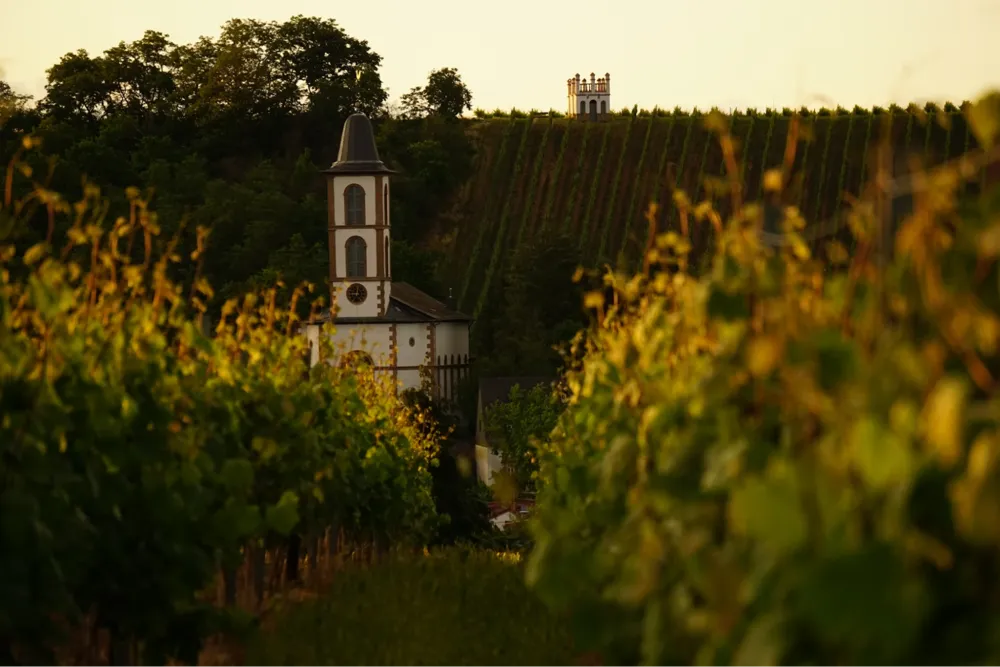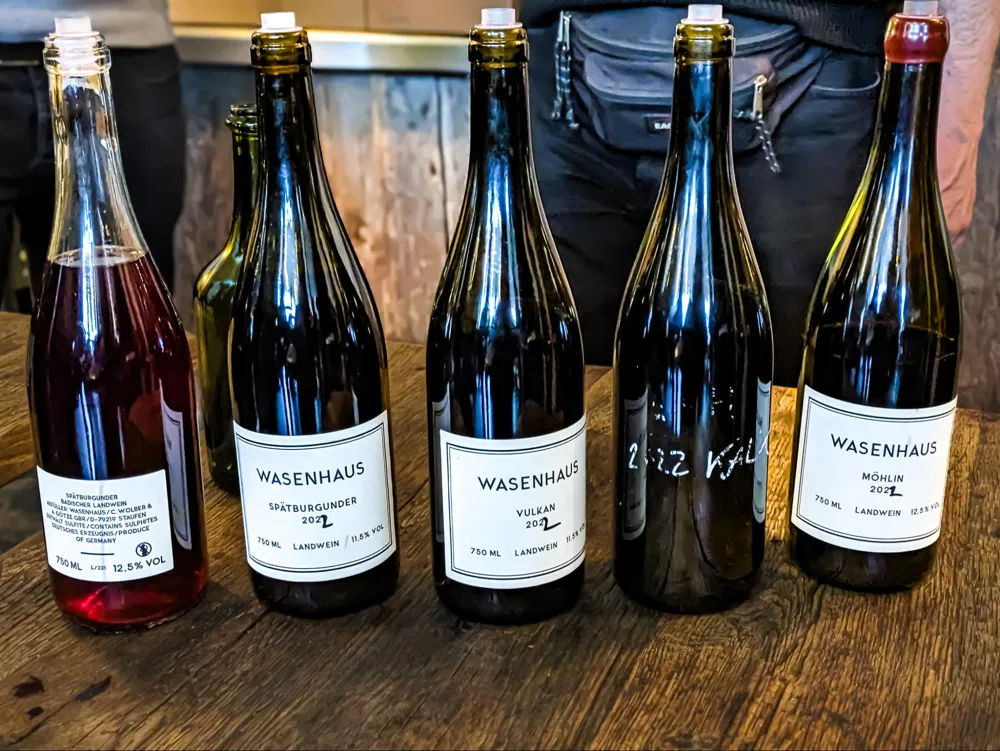Pinot Noir Beyond Burgundy World Tour II: Germany
We love Pinot Noir for a variety of reasons: its elegance and finesse that stand out amidst the bold, rich red wines; its versatility of styles and food pairing abilities; and its potential to craft the world's finest, most complex wines despite being high maintenance in the vineyards and in the cellar.
In the world of Pinot Noir, Burgundy is its spiritual home without doubt. But it's gaining popularity all over the world. In the past article, we toured Pinot Noir in other wine regions in France. As its neighbor, Germany may be famous for Riesling, but Spätburgunder is another signature German wine that is just as great.
All German wine regions produce some Pinot Noir. As it's gaining popularity, the plantings of Pinot Noir have increased dramatically over the past decades. The climate in Germany is more continental than Burgundy, which means hotter summers and harsher winters. The terroir of each wine region in Germany varies, Pinot Noir can be found on all types of soils here.
Pinot Noir in Germany
Among all the wine regions, Baden, in the southwestern corner of Germany, stands out as the country's premier wine region for Pinot Noir. Blessed with a favorable climate and diverse terroirs ranging from volcanic soils to limestone-rich vineyards, Baden provides the ideal canvas for cultivating Pinot Noir. In Baden, Pinot Noir thrives, producing wines of exceptional quality and character. Here, winemakers craft Pinot Noirs that are elegant, nuanced, and reflective of their unique terroir. The finest Spätburgunders from Baden can rival the top Burgundy.
In the Pfalz region, Pinot Noir finds a home amidst a patchwork of vineyards nestled between the Palatinate Forest and the Rhine River. Pfalz boasts a Mediterranean-like climate, characterized by warm summers and mild winters, ideal for ripening grapes to perfection. In Pfalz, Pinot Noir takes on a distinct personality, with wines that are rich, full-bodied, and brimming with ripe fruit flavors. Here, winemakers harness the region's abundant sunshine and well-drained soils to craft Pinot Noirs of exceptional depth and complexity.

In the Ahr Valley, renowned for its steep terraced vineyards and cool climate, Pinot Noir thrives. Despite its small size, the Ahr Valley has earned a reputation as a powerhouse for Pinot Noir production in Germany. In fact, the majority of the region's vineyards are planted with Pinot Noir, a surprise to many due to the Ahr's northern location. While warmer regions such as Baden and Pfalz are better known for German Pinot Noir, here, the combination of slate soils and a northerly location results in wines of exceptional purity and finesse. Ahr Pinot Noirs features vibrant acidity, delicate fruit flavors, and pronounced minerality.
Style of German Pinot Noir
In emerging German wine regions like Franken and Rheinhessen, Pinot Noir is also getting more and more popular. Unlike in Burgundy, where each village has a distinctive, unique style of Pinot Noir, in Germany, the regional differences are less prominent. Relatively speaking, warmer regions like Baden and Pfalz produce the most powerful and ripe wines, while those from the Rheinhessen or the Ahr tend to be more delicate with higher acidity and lighter body. However, the real style depends more on the vineyard site, viticulture practices, and winemaking choices of the winemaker. You may find some light, juicy Spatburgunder with crunchy red fruits, or heavily oaked, concentrated and complex ones.

At the pinnacle of the quality pyramid are the Grosses Gewächs (GG) wines, which represent the highest expression of Pinot Noir in Germany. These GG wines, often referred to as "grand cru," borrow from the system of Burgundy. They are produced from carefully selected vineyard sites and undergo rigorous quality standards. Characterized by their concentration, complexity, and age-worthiness, GG Pinot Noir is the epitome of the finest German red wines.
Why You Should Try German Pinot Noir
As climate change continues to reshape the wine landscape, Germany has emerged as a hotbed of innovation and experimentation. Warmer temperatures and longer growing seasons have enabled winemakers to push the boundaries of what is possible, resulting in wines of great quality. Furthermore, a new generation of winemakers has breathed fresh life into the German wine scene, bringing with them a passion for innovation and a commitment to excellence. Armed with modern techniques and a deep understanding of their terroir, these young vintners are crafting Pinot Noirs that rival the best in the world.
To finish this stop of the Pinot Noir Beyond Burgundy World Tour, we have selected some delicious German Spätburgunders for you to explore. Stay tuned for the next tour, which will take you to Italy!
Sylvia Ba



